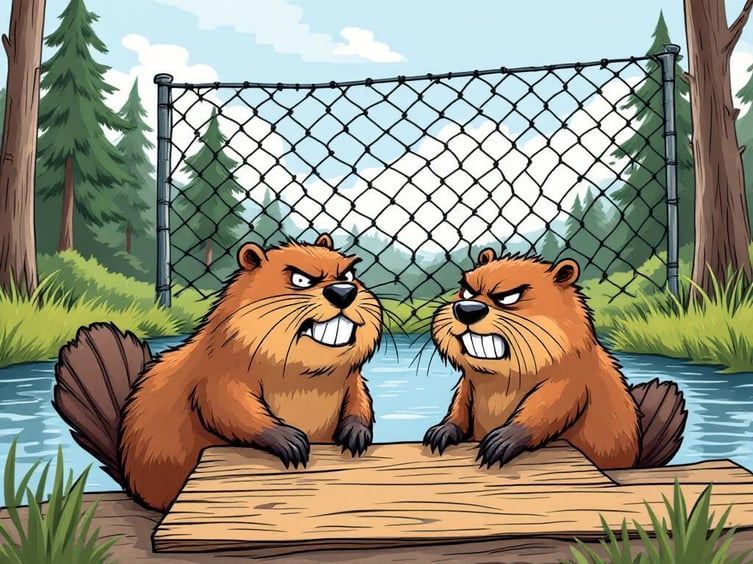❄️ Snow Gives the Saying “Not Until the Cows Come Home” New Meaning
When the first snow of the season blankets the fields, there's always a sense of magic in the air—until the cows decide to make their grand escape.
Daniel discovered this firsthand when his herd managed to break free on that frosty morning. Big, powerful animals, these cows didn’t hesitate to make the most of their unexpected freedom. As Daniel tried to guide them back to the pasture, something spooked them, and off they went, running through the snowy fields and into the forest. What should have been a peaceful day turned into a three-hour marathon to round them up—a far cry from the second Thanksgiving dinner he and his family had planned to enjoy with friends.
The Case for Permanent Fencing
The culprit? Snow on the ground meant his electric fence just wasn’t up to the task. Thankfully, Daniel had planned ahead with a permanent wire mesh fence on another section of the property. Once he got the cows wrangled, he safely secured them in the pasture, giving everyone a much-needed breather—and eventually, the chance to enjoy their delayed Thanksgiving feast.
Stories like this remind us of the importance of choosing the right fencing solutions, especially for unpredictable conditions.
Fencing That Stands the Test of Time—and Snow!
At Louis E. Page, we offer a wide range of high-quality fencing options designed to meet the challenges of any season. Our durable wire mesh fences are built to last, providing reliable containment and peace of mind, whether you’re dealing with adventurous cows, snowy days, or both.
As winter settles in, now is the perfect time to evaluate your fencing needs. Whether you’re securing your livestock or protecting your property, we’re here to help.
Call our fence expert, Terry, at 978-486-3116, or reply to this email, and let us help you prepare for whatever the season brings.
All my best regards, Debbie Page
P.S. Don’t let your cows (or other critters) decide where they’ll roam. Get in touch today for solutions that stand the test of time—and snow!










